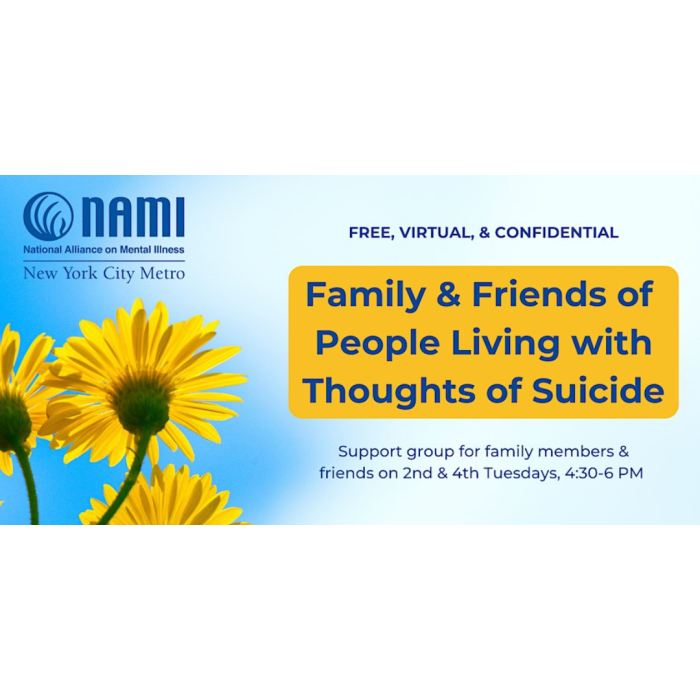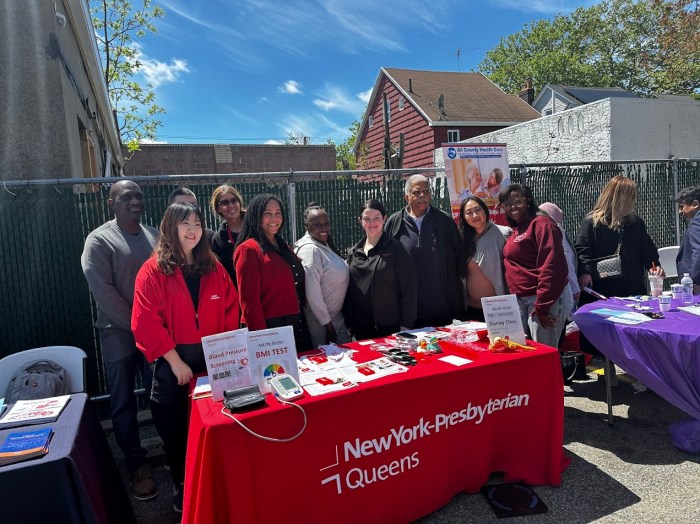by HOWARD GIRSKY While the City conducts an intensive search and destroy operation for encephalitis-bearing mosquitoes it has overlooked their daytime lair, according to an internationally-known medical entomologist and professor from the University of Florida.
Dr. Jonathan Day, who has studied St. Louis Encephalitis since 1983, said that the City’s Health Department should concentrate on the 833 miles of subway track to find and kill the mosquitoes.
"This mosquito easily adapts to urban living," Day said. "That’s where the City should put its biggest effort."
A spokesperson for the Mayor’s Office of Emergency Management said it has not sprayed in the subways. He gave no reason for OEM’s failure to do so.
Day also said that night time spraying was most effective "because the insects are well hidden during the day."
Day said one of the City’s biggest mistakes has been its lack of surveillance during the course of the year.
"Obviously northeastern Queens is a mosquito ‘hot spot’ and the City should look for sites where the diseased birds breed," he said. "The birds are concentrated near where the first cases originated."
The mosquitoes become infected when they bite infected migratory birds.
Day had some good news for worried New Yorkers . He said that in the previous outbreaks in St. Louis and Chicago the mosquito infestation ended in mid-September.
"During an encephalitis outbreak, aerial spraying and treating stagnant water is not necessarily enough," Day said. "People have to be aware that the vegetation in their own yard plays a key role in attracting mosquitoes, which may be carrying the virus."
Day was interviewed by The Courier as he was preparing to evacuate his family from the oncoming hurricane in Florida.
































